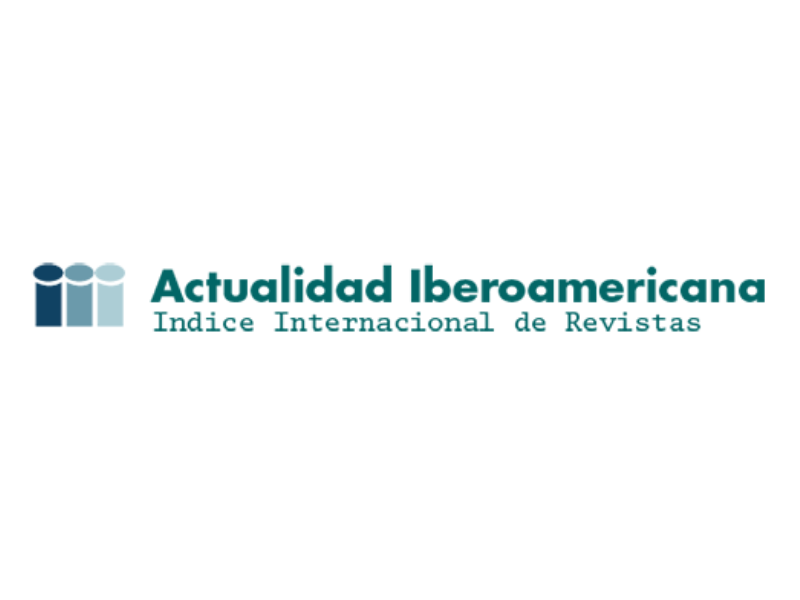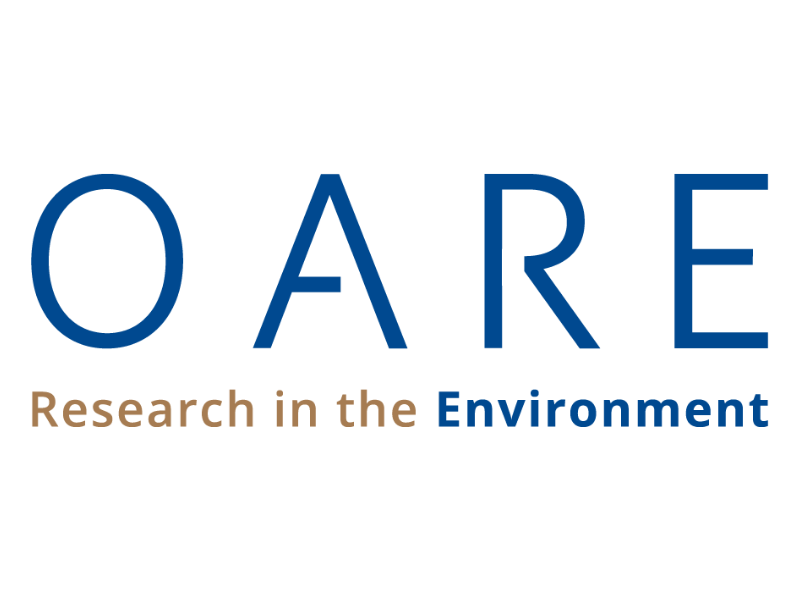Influence of gastrointestinal parasitism on biochemical variables in blood of laying hens
Influence of gastrointestinal parasitism on biochemical variables in blood of laying hens
Mostrar biografía de los autores
ABSTRACT
Objective. This study describes the influence of endoparasites and diet on biochemical variables in sera of brown laying hens. Materials and methods. Biochemical parameters (seric levels of cholesterol, triglycerides, total protein, uric acid, albumin, and alanine aminotransferase activity) were assessed in blood samples of poultry. Three populations of laying hens of different properties (n=20 each) represented our experimental design, from which blood (serum) and feces were collected for biochemical and parasitological analyzes, respectively. Results. From 60 feces samples evaluated 49 were positive for the presence of parasites and 11 were negative. Among the positive samples, 23 had infection with Eimeria spp and the other 26 samples had mixed parasitism with Eimeria spp and Heterakis gallinarum, which influenced (increasing) the levels of total protein and globulin. However, when parasites were analyzed separately, it was observed that the infection by Eimeria spp affected parameters such as cholesterol (which increased, p=0.001) and triglycerides, showing lower results than when the hen was parasitized by Eimeria spp. (p=0.01). Significant (p<0.05) difference was observed in all biochemical variables when the three diets were compared. Conclusions. Our results allowed concluding that the parasitic infection and diet in laying hens influenced the results of serum biochemical parameters evaluated. The main conclusion we found that parasitism caused an increase in total protein and globulin (ie immune response), and there was a negative correlation between parasite load and albumin, uric acid and ALT.
Visitas del artículo 891 | Visitas PDF
Descargas
- Cardozo SP, Yamamura MH. Parasites in free-range chickens system in Brazil. Semina: Ciênc Agr 2004; 25(1):63-74.
- Abbas RZ, Munawar SH, Manzoor Z, Iqba Z, Khan MN, Saleemi MK, Zia MA, Yousaf A. Anticoccidial effects of acetic acid on performance and pathogenic parameters in broiler chickens challenged with Eimeria tenella. Pesq Vet Bras 2011(1); 31(2):99-103.
- Dahmer J, Tochetto C, Franco CB, Mahl D, Da Silva AS, Monteiro SG. Espécies de Eimeria em frangos de corte. Rev Cient Elet Med Vet 2008; 6(2):1-6.
- Persia ME, Young EL, Utterback PL, Parsons CM. Effects of dietary ingredients and Eimeria acervulina infection on chick performance, apparent metabolizable energy, and amino acid digestibility. Poult Sci 2006; 85(1):48-55. http://dx.doi.org/10.1093/ps/85.1.48
- Kaneko JJ, Harvey JW, Bruss ML. Clinical Biochemistry of Domestic Animals. 6ed., Waltham, Academic Press 2008; 928p.
- Grunkemeyer VL. Advanced diagnostic approaches and current management of avian hepatic disorders. Vet Clin N Am: Exot Anim Pract 2010; 13(3):413–427. http://dx.doi.org/10.1016/j.cvex.2010.05.005
- Abdel-Fattah SA, El-Sanhoury MH, El-Mednay NM, Abdel-Azeem F. Thyroid activity, some blood constituents, organs morphology and performance of broiler chicks fed supplemental organic acids. Int J Poult Sci 2008; 7(2):215-222. http://dx.doi.org/10.3923/ijps.2008.215.222
- Martín-Castillo A, Castells MT, Adánez G, Polo MT, Pérez BG, Ayala I. Effect of atorvastatin and diet on non-alcoholic fatty liver disease activity score in hyperlipidemic chickens. Biomed Pharmacother 2010: 64(3):275-281. http://dx.doi.org/10.1016/j.biopha.2009.06.003
- Adamu M, Boonkaewwan C, Gongruttananun N, Vongpakorn M. Hematological, biochemical and histopathological changes caused by coccidiosis in chickens. Kasetsart J 2013; 47(3):238-246.
- Soriano VS, Sá J, Rampazzo-Junior HP, Campigotto G, Mattiello TL, Grosskopf HM, Tonin AA, Da Silva AS. Biochemical variable levels of newborn lambs under extensive rearing system. Comp Clin Pathol 2014: 23(5):1-5.
- Matterson LD, Potter LM, Stutz MW. The metabolizable energy of feed ingredients for chickens. Storrs: Connecticut University of Connecticut, Agricultural Experiment Station 1965; 7(1):11-14.
- Van Soest PJ, Robertson JB. Chemical and physical properties of uncommon feeedstuff's. Proc Cornell Nutrition Conf Ithac, NY. 1976; 12(1):1-45.
- Rice WR. Analizyng tables of statistical tests. Evol 1989; 43(2):223-225. http://dx.doi.org/10.2307/2409177
- Ayub AM, Prasad H, Lyngdoh WM, Das G, Prava M, Victoria CKH, Tolenkhomba TC, Singh YD, Ralte L, Inaotombi DL. Biochemical profile of broiler chickens experimentally infected with Ascaridia galli. Indian J Anim Res 2013; 47(1):1-17.
- Basith SB, Rajavelu G, Manohar BM. Biochemical studies in experimental Eimeria necatrix infection in chickens. J Indian Vet 1998; 75(7):876–878.
- Idris AB, Bounous DI, Goodwin MA, Brown J, Krushinskie EA. Lack of correlation between microscopic lesion scores and gross lesion scores in commercially grown broilers examined for small intestinal Eimeria spp. coccidiosis. Avian Dis 2007; 41(4):388-391.
- Murray RK, Botham KM, Kennelly PJ, Rodwell VW, Anthony-Weil P. Harper Bioquímica ilustrada. 29ed., Rio de Janeiro, McGraw-Hill Brasil; 2014.
- Jaensch S. Diagnosis of avian hepatic disease. Sem Avian Exot Pet Med 2005; 9(1):126-135.
- Galha V, Bondan EF, Lallo MA. Relação entre imunossupressão e coccidiose clínica em frangos de corte criados comercialmente. Rev Inst Ciênc Saúde 2008; 26(4):432-437.
- Dunbar MR, Gregg MA, Crawford JA, Giordano MR, Tornquist SJ. Normal hematologic and biochemical values for prelaying greater sage grouse (Centrocercus urophasianus) and their influence on chick survival. J Zoo Wildl Med 2005; 36(3):422–429. http://dx.doi.org/10.1638/04-065.1
- Vieites FM, Moraes GHK, Albino LFT, Rostagno HS, Rodrigues AC, Silva FA, Atencio A. Balanço eletrolítico e níveis de proteína bruta sobre parâmetros sanguíneos e ósseos de frangos de corte aos 21 dias de idade. Rev Bras Zootec 2004; 33(6):1520-1530. http://dx.doi.org/10.1590/S1516-35982004000600019
- Chapman HD. Rotation programmes for coccidiosis control. Int Poult Product 2007; 15(1):7-9.























